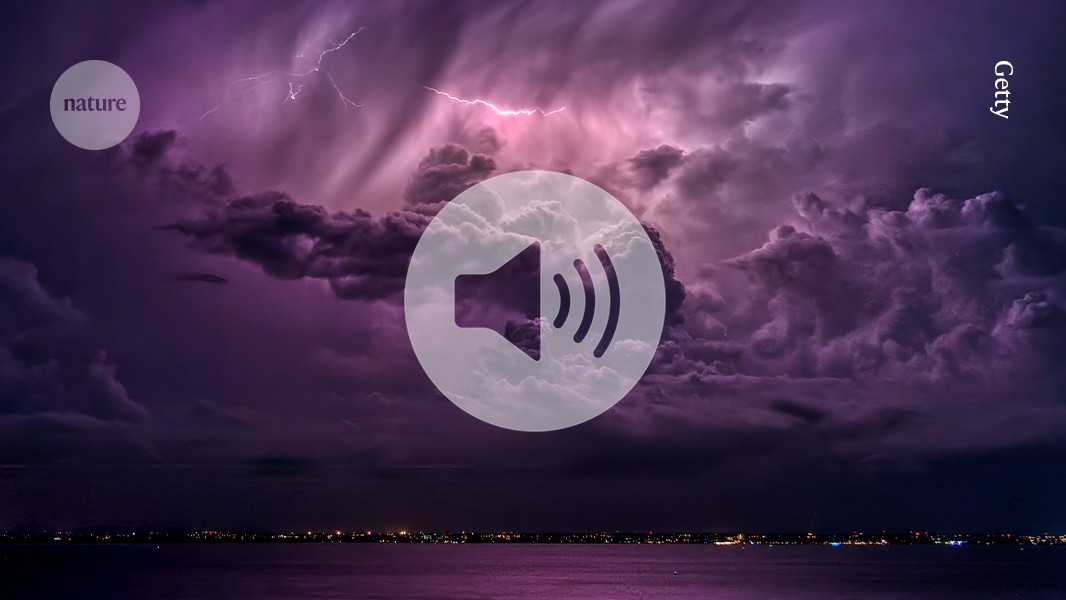A neuroimaging project to examine the connectivity of multiple sphinxes and thousands of neuronal neurons using electron microscopy
The researcher volunteers were to help the researchers label the map and double check its accuracy. Initially, the project scientists used electron microscopy to take images of slices of the fly brain. These images were used to train an artificial intelligence model to create a wiring diagram of millions of sphinxes and thousands of neurons. These predictions were subjected to quality criteria and parameters.
The team was surprised by some of the ways in which the various cells connect to one another, too. When thinking of a single sensory wiring circuit, the idea was that the cells would receive signals from multiple senses. Murthy says it’s amazing how connected the brain is.
As the work hadn’t ended, researchers and volunteers had to re-authorize the map with a new set of cell types. Humans would have to check the results of any artificial intelligence training done to recognize lakes or roads in satellite images. The researchers identified a lot of different types of neuron. Of these, 4,581 were newly discovered, which will create new research directions, Seung says. He says that every one of those cell types is a question.
There are nine papers in a package about the data published in Nature today. It is part of a group that includes Mala Murthy and Sebastian Seung from the University of New Jersey.
A neurobiologist who did not work on the project but had worked with one of the team members said it was a huge deal. It has been a long time since the world was waiting for something.
Nature Podcast: Encountering the ancient arrowheads with other planets to understand lightning from high-altitude observations of the fruit fly brain
Never miss an episode. Subscribe to the Nature Podcast on
Apple Podcasts
,
Spotify
,
YouTube Music
or your favourite podcast app. There is an RSS feed for the Nature podcast as well.
The ancient arrowheads show that the oldest battle in Europe may have featured warriors from other parts of the world.
The researchers hope that understanding more about these mysterious phenomena could help explain what initiates lightning, which often follows these γ-ray events.
Physicists have shown how much -ray production is higher on Earth than was thought.
Researchers piece together a circuit-diagram of the fruit fly brain, after high-altitude observations help explain how lightning happens.
“We thought it would be many, many years in the making,” Murthy says. The technology developed and the volunteer community became excited to get involved with us, it became a reality. We did it in what I would consider record time.
People from the amateur science community are getting involved in other areas. Earlier this month, researchers at the United Nations Statistics Division in New York City and Open Data Watch, a non-profit organization based in Washington DC, described how citizen scientists are helping to fill in data gaps for the UN Sustainable Develop-ment Goals, especially for marginalized communities5.
Getting the science out of the fly-brain: a case study of asteroid reddening caused by a NASA attack
A study6 in Nature describes how an asteroid became brighter and redder when it was deliberately hit by NASA. The finding was confirmed by a small group of amateur astronomers who were able to share their observational data with professional scientists through an app.
It is often the professionals who need to look at the amateur work. What’s different about the fly-brain work is that the volunteers are helping the full-time scientists to authenticate their findings — something that could have a much wider application in our data-rich world.

